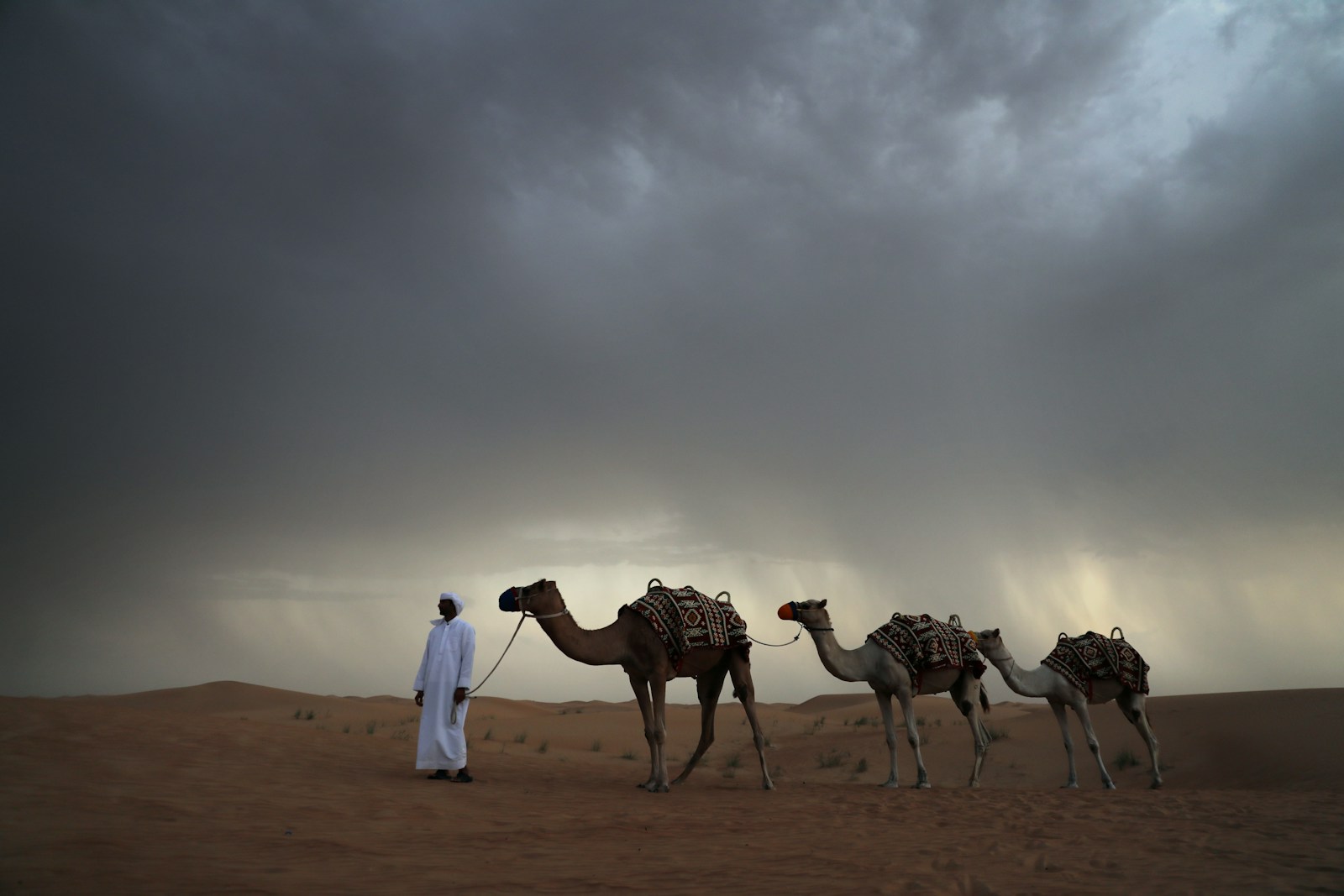Table of Contents
ToggleClimate Change as a Threat Multiplier
Human-induced climate change is driving a prolonged drought in the Fertile Crescent, a region encompassing Iran, Iraq, and Syria. This crisis has far-reaching consequences, transforming into a humanitarian catastrophe due to conflict, political instability, and rapid urbanization.
A Devastating Impact on Agriculture and Water Resources
The drought, the second worst on record, has severely impacted wheat crops and exacerbated tensions over dwindling water supplies. This has led to mass displacement and pushed millions into food insecurity.
The Amplifying Role of Rising Temperatures
While climate change did not significantly affect rainfall, it dramatically increased the region’s scorching temperatures. These extreme heat conditions, virtually impossible without climate change, exacerbate drought by increasing evapotranspiration, the loss of water from soil, water bodies, and plants.
A World Without Climate Change: A Different Scenario
In a hypothetical scenario without human-induced climate change, the weather conditions in the Fertile Crescent would not be considered a drought at all. This highlights the profound impact of climate change on intensifying extreme weather events.
The Need for Urgent Action
The study’s authors emphasize the urgent need to mitigate climate change and adopt sustainable water management practices. As long as fossil fuels continue to be burned, these extreme drought events will only worsen.
A Region at Extreme Risk
The Middle East is particularly vulnerable to climate change impacts, having experienced almost continuous drought since 1998. Reliance on rainfall for agriculture and livestock further compounds the region’s susceptibility.
Compounding Factors: Conflict, Governance, and Urbanization
Political instability, weak governance over water resources, and wasteful irrigation techniques have exacerbated the drought’s impact. The region’s growing population, rising water needs, and rapid urbanization further strain its insufficient water infrastructure.
Water Scarcity and Food Insecurity
In Iraq, over 60% of households face water shortages, while a quarter have run out of water entirely. Iran, a major wheat producer, was forced to increase imports due to crop failures, leading to skyrocketing food prices.
Syria’s Humanitarian Crisis
In Syria, the combination of war, economic collapse, and drought has pushed 12 million people into hunger. Crowding around dwindling water sources has also triggered cholera outbreaks.
A Grim Outlook
Extreme drought is no longer a rare event in a world 1.2 degrees Celsius warmer than preindustrial times. It is now expected to occur at least every decade in the Euphrates River basin and twice a decade in Iran.
The Future of the Fertile Crescent
Current dry conditions are expected to persist, with projections indicating that Syria, Iraq, and Iran will become increasingly challenging places to live. The study underscores the urgent need to address climate change and its devastating consequences.







